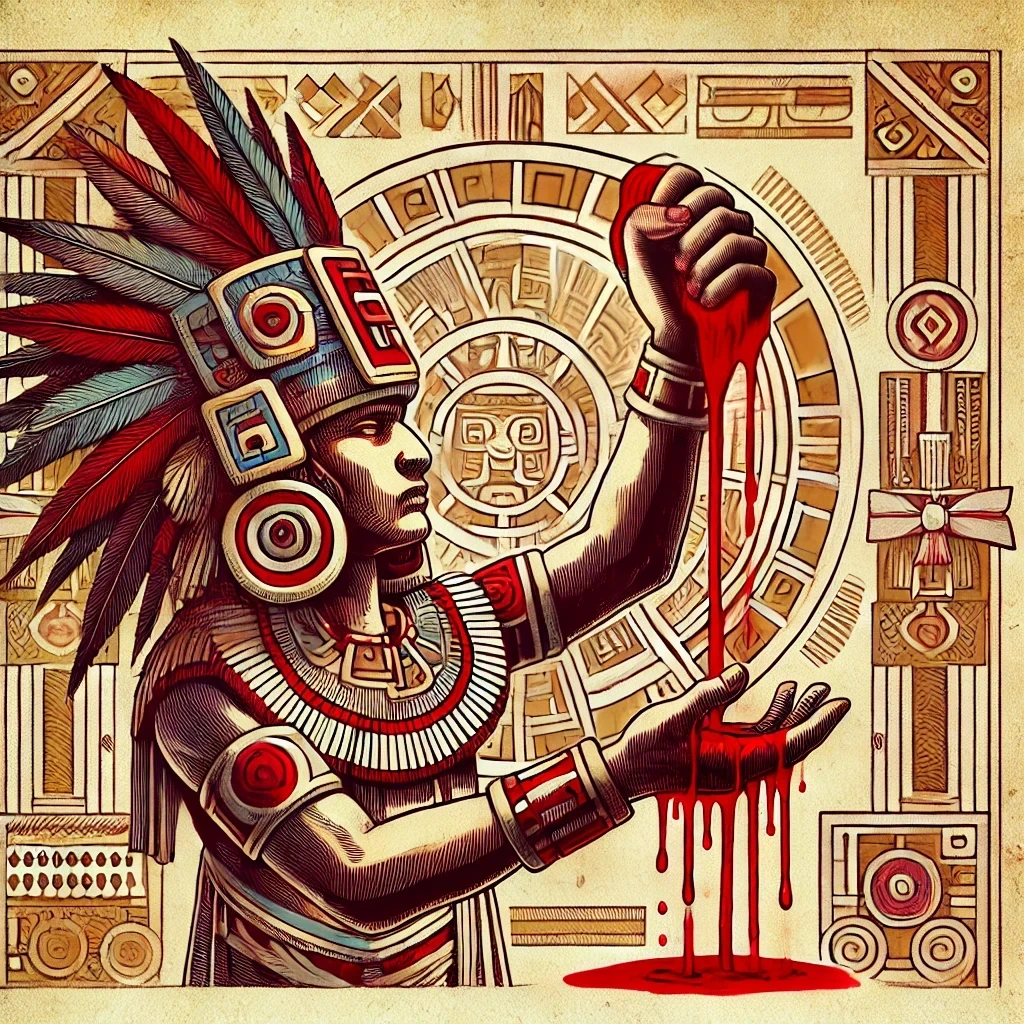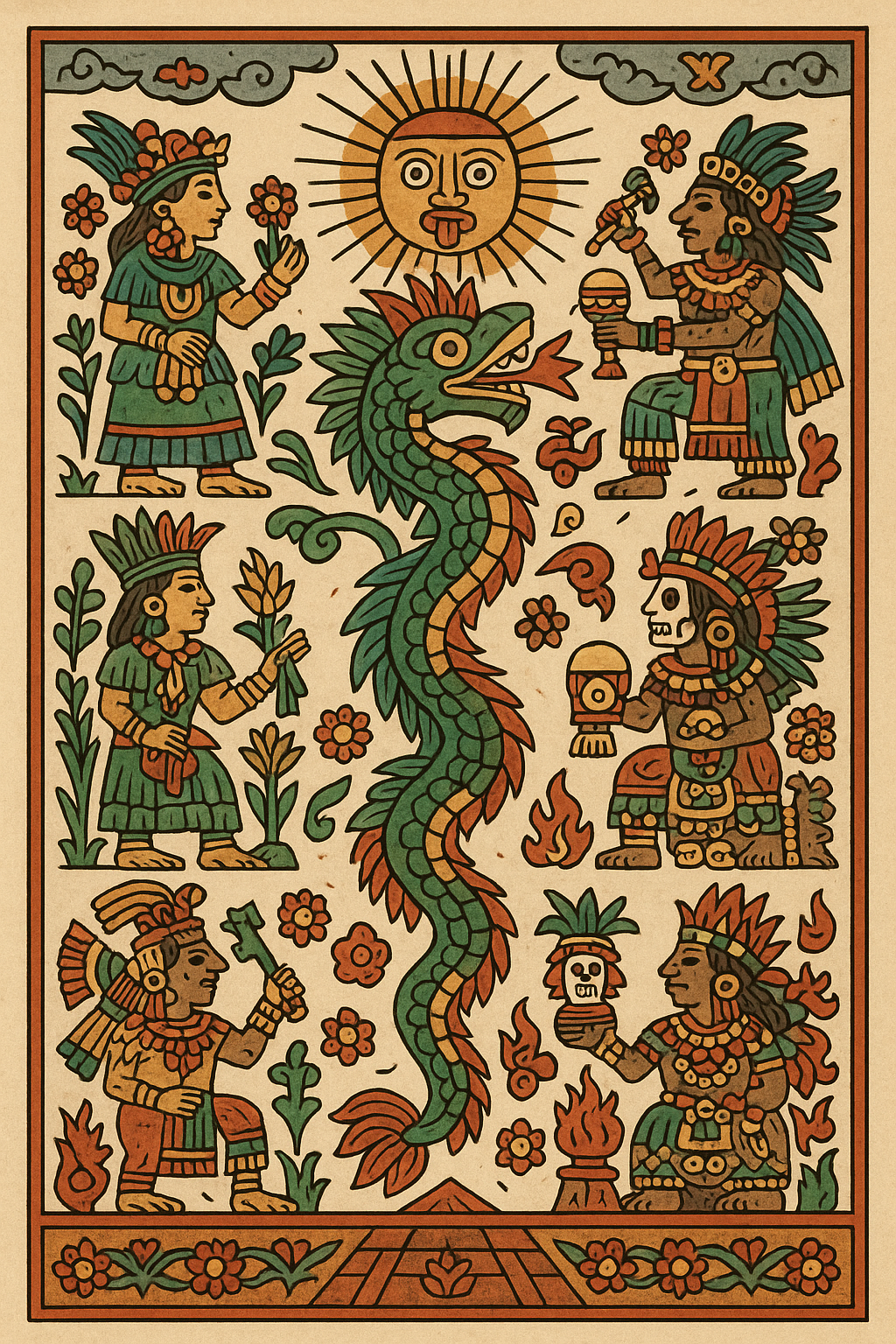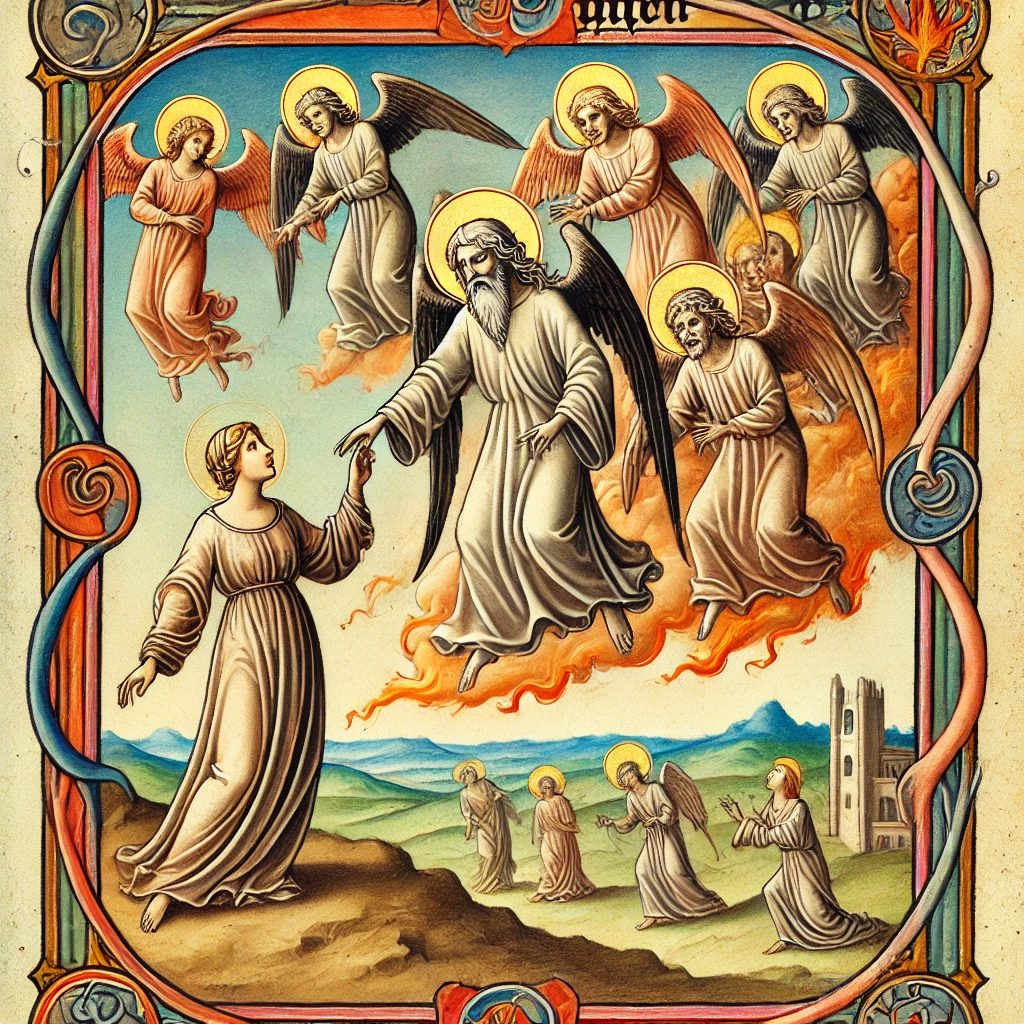Everything you wanted to know about Krampus the Christmas Devil but were afraid to ask.
This frightening monster is called Krampus — and he's actually part of Christmas celebrations in Austria and other countries in Central Europe
A demonic goat man with massive fangs, twisted horns and a frighteningly long tongue. It’s a creature that’s almost too horrifying to even be associated with Halloween — and yet, in some parts of Europe, this ghastly beast is actually Santa’s sidekick.
Not surprisingly, Krampus became the subject of a horror movie last year.
“Misbehaving kids in the United States should count their blessings. They only get coal in their stockings. Krampus beats bad children with a bundle of birch sticks — and then drags them down to his lair in Hell.”
How the heck did this nightmarish demon, known as the “Christmas Devil,” come about?
Don't look, but I think there’s a Krampus behind you!
This little girl looks like she doesn’t have anything to worry about. But that bad little boy is being packed off to Hell!
What does Krampus look like?
The stuff of nightmares. Think of a satyr or faun on acid. A fur-covered half-goat, half-man, all-demon monstrosity.
The Los Angeles Times describes him as “a hairy, horned, chain-toting biped that resembles a Wookiee on a bender.”
He shambles along, dragging chains and the shackles he has broken free of. (It begs the question who locked him up in the first place?)
Vintage holiday cards from Austria feature the Christmas Devil, and read, “Greetings from Krampus!”
Like Santa Claus, he, too, has a large sack he carries over his shoulder (sometimes depicted as a large basket). Except Krampus’ isn’t filled with presents — it’s stuffed with kidnapped children.
When did Krampus first appear?
“Vague written accounts mentioning pelts and horns date back to the 17th century,” Atlas Obscura reports.
But his devil-like form didn’t really get solidified until holiday postcards trumpeting, “Gruß vom Krampus!” (Greetings from Krampus!) became all the rage in Austria.
“Another factor that likely influenced the character’s satyr-like appearance was the fin de siècle obsession with Pan,” the Greek god of nature, according to Atlas Obscura.
What’s he do to naughty children?
Misbehaving kids in the United States should count their blessings. They only get coal in their stockings. Krampus is much more of a disciplinarian: He beats bad children with a bundle of birch sticks — and then drags them down to his lair in Hell, National Geographic reports.
What kind of freak gave birth to this monster?
Not surprisingly, Krampus’ mother is said to be Hel, the Norse goddess of the dead. She in turn is the daughter of the mischief-maker Loki. Hel is half-dead, looking like a living, if gloomy, woman — aside from her legs (and, one would assume, her lady bits), which are those of a rotting corpse. Variously, she’s depicted as her living and dead halves literally split down the middle, revealing half a skeletal face and body, usually on her left side.
How’d Krampus get his name?
His name derives from the German word krampen, meaning claw.
Kind St. Nicholas became the Santa Claus we know today, while the evil Krampus punishes naughty children
They know if you’ve been bad or good — so be good for goodness’ sake
What sick fucks came up with this creature?
The Germans, apparently. Krampus is seen as the yin to St. Nicholas’ yang. The devilish figure raids towns the night of December 5, known as Krampusnacht, or Krampus Night. The next day is St. Nicholas Day, when German children find one of two items in the shoes or boots they’ve left out on their doorsteps: presents if they’ve been good or a rod if they’ve been bad (to beat them with, presumably).
A man dressed in his horrific finery takes part in a Krampuslauf, or Krampus Run
What other countries have incorporated Krampus into their Yuletide traditions?
Austria, in particular, caught Krampus fever. There, as well as in Hungary, Slovenia and the Czech Republic, men dress up as devils, get wasted and chase people through the streets for a Krampuslauf, or Krampus Run.
Where the wild things are: What do you call a collection of Krampuses?
“For these runners, Krampus is the dark counterpart to the gemütlichkeit Christmas evokes,” Fest300 writes. “Gemütlichkeit is a hard word to translate, but it encompasses both coziness and conviviality, whereas Krampus is the other half of the winter solstice: darkness, cold and snowy fir forests where branches snap and things go bump in the frozen night.”
Apparently not everyone is terrified of Krampus. This little girl feeds her Krampus dolly
Seriously, though, what’s up with a demon being St. Nick’s cohort?
The Alps must have a dark mystery to them. Krampus embodies “the season of autumn and early winter — the twilight, the slowing down and the mystical feeling that foreshadows these traditional events, the tales of mythical creatures, the forests of the mountains where they lurk and the presence of the unknown,” a person who dresses as Krampus told the L.A. Times.
As the Christmas carol goes, “You better watch out” indeed! –Wally






























